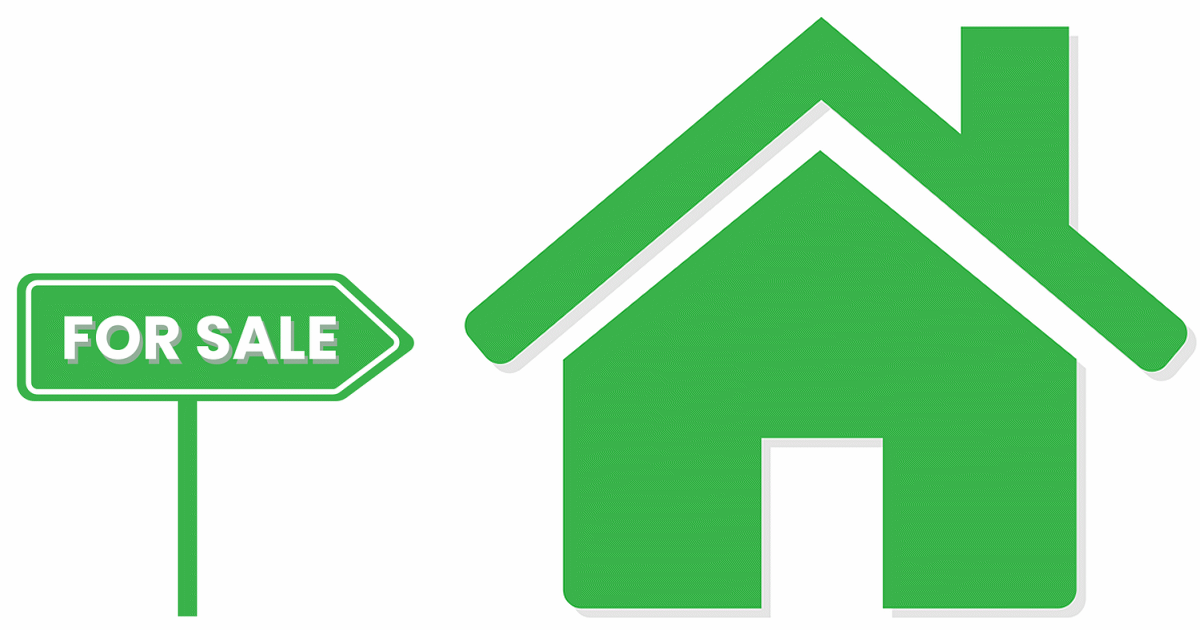
The majority of Australian homebuyers are keen on their new house having environmentally sustainable features – and solar panels are on most prospective buyers’ wish lists.
Results from what’s described as Australia’s largest property survey by RealEstate.com.au has indicated a growing appetite for greener living. This trend wouldn’t just be about tree-hugging warm and fuzzies; saving money on energy costs would likely also be a major motivator.
The 2022 Property Seeker report found 81% of homebuyers consider sustainable features in a property to be critical or important in a purchase decision. 87% are willing to pay extra for a home with green features – an average of 15% more. Given the price of houses these days, that’s a significant premium.
The most popular sustainability features :
- “Solar energy or panels” (53%)
- Good insulation (49%)
- Energy efficient appliances (37%)
- Rainwater tanks (36%)
- Double glazed windows (36%)
- Greywater systems (21%)
The full 2022 Property Seeker report hadn’t been made public at the time of writing and it’s not clear how many of the above (and other features) would be needed for those folks prepared to pay a 15% premium. But it would seem if you’re considering selling your house soon, installing solar panels could be a good way to boost its value above what you would spend on a system.
Buying A Solar Home: Due Diligence
But for prospective buyers of homes with solar panels already on the rooftop, a bit of caution is needed. There has been a lot of good solar installed in Australia over the years, and a lot of crap installations – and it’s important to know the difference between the two. Otherwise instead of a powerful power bill busting feature of your new home, it may turn out poor-performing headache costing you money – or potentially much worse.
And even if a previously installed system is of decent quality, how old is it?
While good quality solar panels should last for decades, you could be forking out for a new solar inverter within the next few years if the system is over 10 years old – it’s something to budget for. The inverter is the workhorse of a solar power system, taking all the DC electricity generated by the panels and converting it to AC for use by your home’s appliances or for export of surplus to the grid. Given the demand placed upon an inverter and the environmental conditions it operates under day in, day out, it’s the component most likely to fail first.
An older system might also not have the capacity you really require for the needs of your household.
If you have your eye on a home with solar installed, discover what you should know and check before making an offer. Armed with that knowledge, you may decide to offer a bit less than you otherwise would taking into account a solar system upgrade could be on the cards; or in the case of crap solar – removing it entirely and starting again.

 RSS - Posts
RSS - Posts



Speak Your Mind